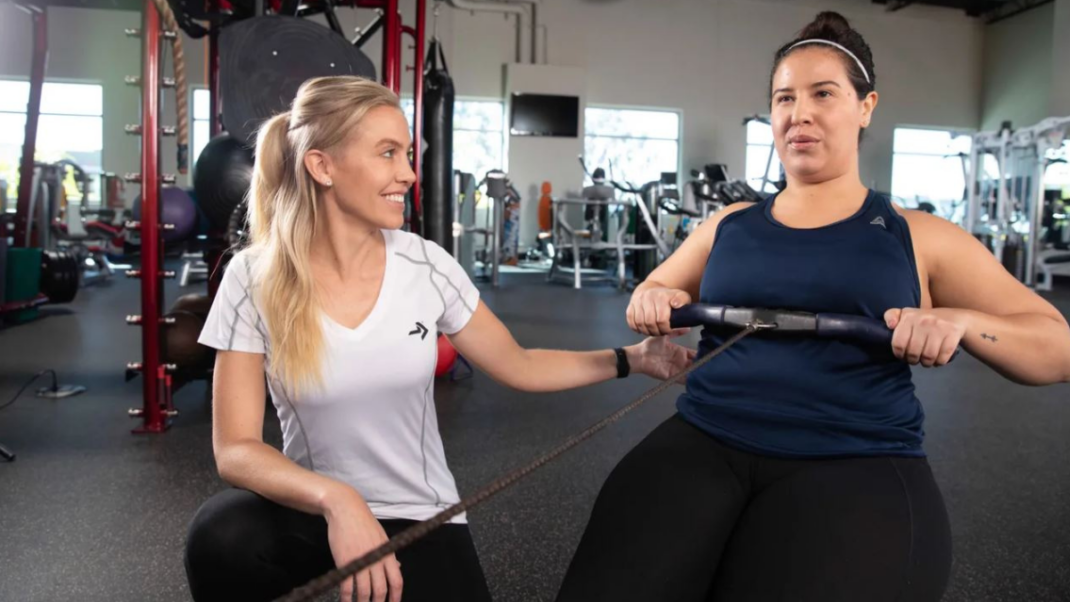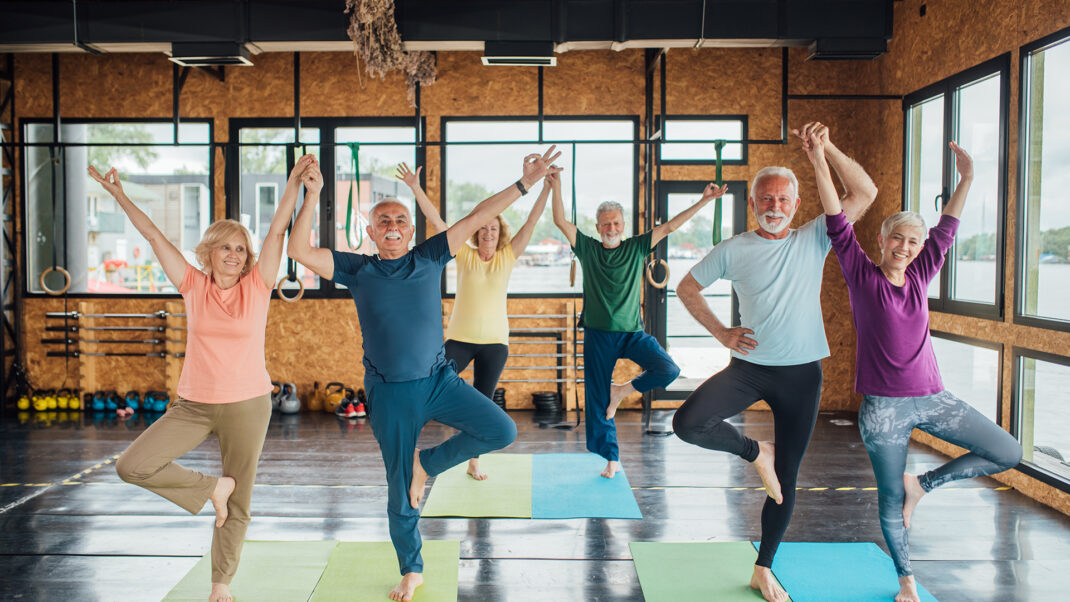Why Do Some Older Adults Remain Inactive?
Despite evidence that older adults are becoming more active, many still shy away from exercise. In a survey published in the
May issue of Age and Ageing (2004; 33[3], 287–92), investigators found that 95% of older adults questioned believed that physical activity was beneficial and 79% believed they did enough to stay healthy. However, 36% were inactive and 17% did less than 2 hours per week.
The research team from the University of Dundee in Scotland randomly selected 409 older adults (65–84 years old) who
lived independently. Approximately half were recruited for the survey. From this examination, researchers identified 11 factors that influenced participants’ physical activity:
- lack of interest (by far the number-one factor)
- no daily access to a car
- shortness of breath
- joint pain
- dislike of going out alone
- dislike of going out in the evening
- perceived lack of fitness
- lack of energy
- doubting that exercise can lengthen life
- not belonging to a group
- doubting that meeting new people is beneficial
The research team concluded that increasing leisure time physical activity among this population “poses major challenges,” but suggested the following strategies when working with sedentary older adults:
- Work on changing their beliefs about desirable levels of activity.
- Help find ways to relieve physical symptoms (stay within scope of practice).
- Directly address fears related to exercise.
- Provide easy access to facilities.
Joy Keller
Joy Keller is the director of marketing communications & PR at IDEA, and has also served as executive editor of IDEA Fitness Journal, IDEA Fitness Manager, IDEA Pilates Today, and IDEA Fit Business Success. She is also a certified personal trainer, indoor cycling instructor and yoga teacher (RYT 200).






